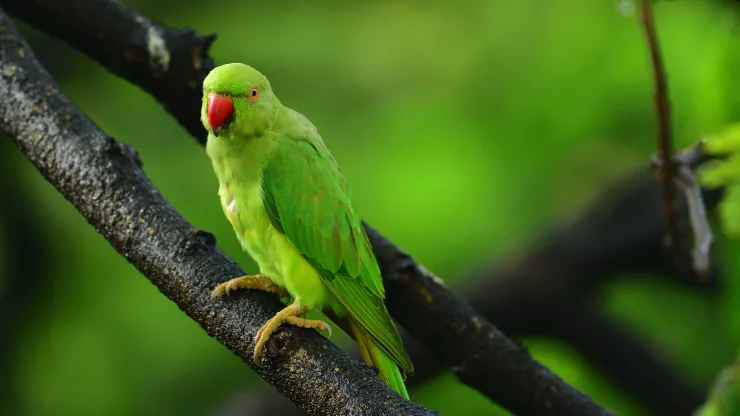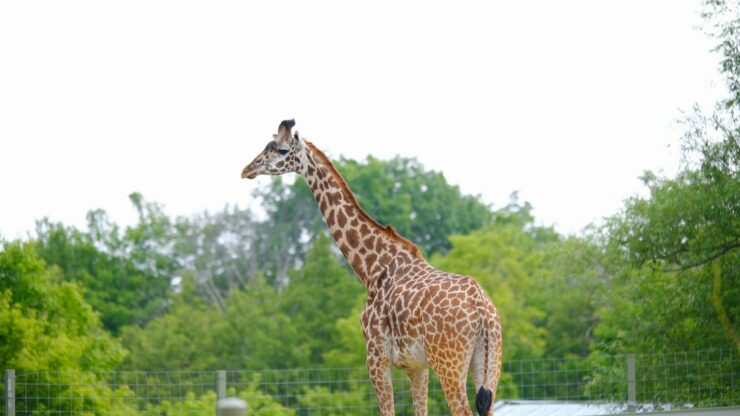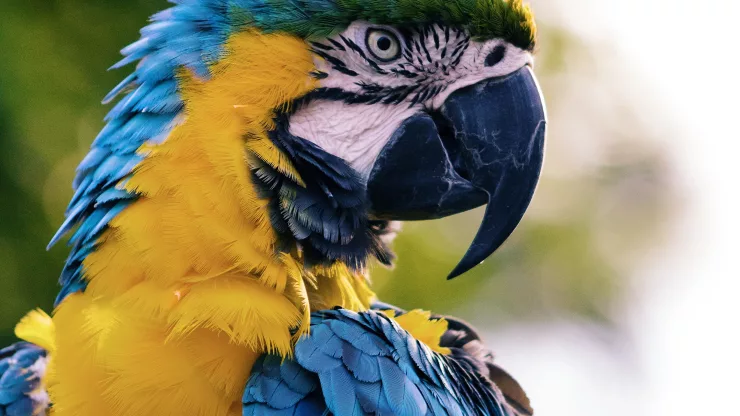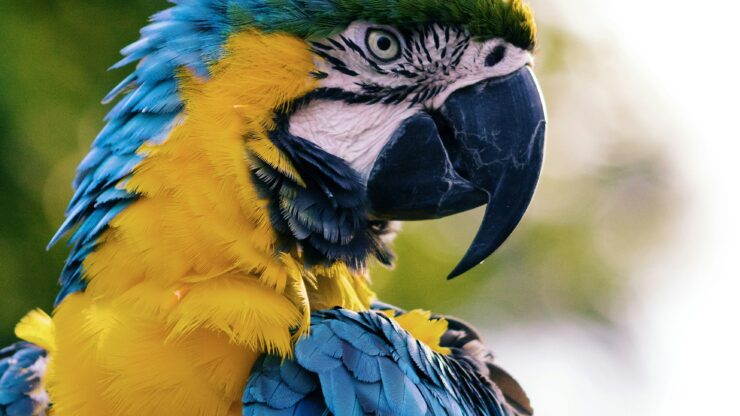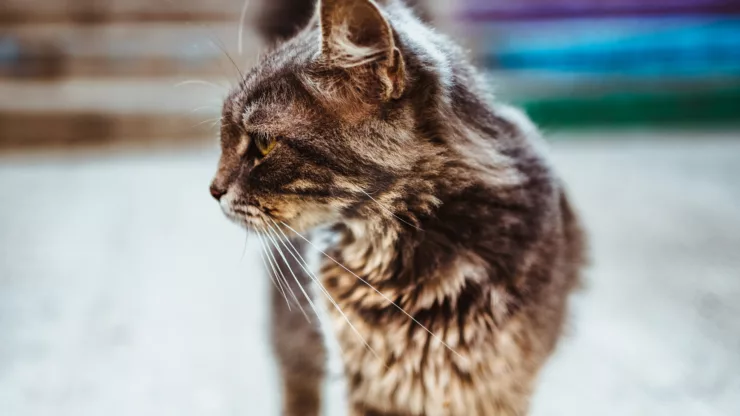Urban life always offers a unique set of challenges and encounters.
When it comes to animals, the city can be a melting pot of creatures, some of which are not so friendly.
From raccoons to coyotes, urban wildlife sightings can be both exhilarating and terrifying.
In this article, we recount some of the scariest animal encounters experienced by city dwellers and provide tips on how to stay safe in wildlife hotspots.
Jump to Section
Urban Frights: The Scariest Animal Encounters
Urban wildlife encounters can be thrilling, but some can be downright scary. Here are some of the scariest animal encounters in urban areas:
- Coyote attacks on humans and pets.
- Raccoons invading homes and attacking people.
- Large snakes hiding in sewers and water drains.
- Aggressive deer attacking humans.
- Skunks spraying people and pets.
- Wild turkeys chasing people.
Coyotes, Raccoons and More: Tales from the City
In urban areas, coyote sightings have become increasingly common, and attacks on humans and pets have been reported.
Coyotes are known to be attracted to garbage and pet food left outside, so it is crucial to keep these items out of reach.
Raccoons have also become a common sight in suburban areas.
These critters are notorious for raiding garbage cans and have been known to attack people who get too close.
Other animals that have caused fear among urban dwellers include large snakes that crawl into sewers and water drains, deer that can become aggressive when they feel threatened, skunks that can spray a potent odor on people and pets, and wild turkeys that chase after people.
How to Stay Safe in Urban Wildlife Hotspots
If you live in an area where there is a high concentration of urban wildlife, there are some things you can do to stay safe.
Here are some tips:
- Keep garbage cans sealed and secure.
- Do not leave pet food outside.
- Keep your pets on a leash when outside.
- Do not approach or try to feed wildlife.
- If you encounter a wild animal, make noise and back away slowly.
- Report any aggressive animal behavior to local authorities.
Fearless Urban Explorers Share Their Stories
Despite the dangers, some people are still willing to venture into wildlife hotspots to get a closer look at urban wildlife.
Here are some stories from fearless urban explorers:
- A group of teenagers went exploring in an abandoned building and stumbled upon a family of raccoons. One of the raccoons charged at them, causing them to flee.
- A man encountered a coyote while walking his dog. He stood his ground and made loud noises, causing the coyote to retreat.
- A woman came face to face with a deer in her backyard. She slowly backed away and went inside her house, and the deer eventually left.
FAQ
How can I tell if a wild animal is sick or injured?
Look for signs such as disorientation, stumbling, drooling, excessive panting, or visible injuries.
If you see a wild animal displaying any of these symptoms, it is best to stay away and report it to local authorities.
What should I do if I encounter a wild animal?
Stay calm and back away slowly. Do not approach or try to feed the animal.
Make noise to scare it away if necessary. If the animal is aggressive, seek help from local authorities.
Can I feed urban wildlife?
Feeding urban wildlife is not recommended as it can cause them to become reliant on humans for food and lose their natural instincts.
It can also attract unwanted animals to the area.
I’m a nature enthusiast and creator of Metro Wilds and have spent years exploring the great outdoors.
With a passion for environmental conservation and sustainability, I have dedicated my career to writing about the beauty and wonders of nature, as well as the threats facing our planet.
Contact me at [email protected] for assistance.

